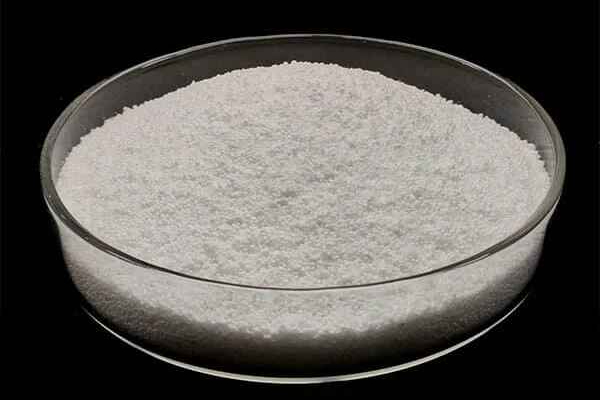Tehnologia de producție a cărămizilor izolatoare ușoare de corindon mullit
Corundum-mullite lightweight insulation bricks use corundum as the main material and add mullite components. Corundum-mullite bricks are developed with corundum as the main crystal phase and mullite as the binding phase. Appearance quality and physical and chemical performance inspection of finished corundum-mullite lightweight bricks show a white appearance, sharp edges and corners, and accurate dimensions. It can be processed into various complex bricks with different shapes.

Advantages of corundum mullite insulation bricks
General lightweight insulation bricks have good effects but poor high-temperature resistance. Alumina hollow ball bricks have good high-temperature resistance but lower thermal stability than mullite. Corundum mullite insulation bricks ensure the alumina In addition to the high-temperature resistance of hollow ball bricks, corundum is used as the main material, and mullite is added to develop rigid mullite lightweight insulation bricks.
The production process of corundum mullite lightweight insulation bricks
- When mixing raw materials, add corundum, alumina, lut, and expansion agent in proportion to the mixer for 3-5 minute, then add combustibles and binding agents (extra), stir while adding, stir evenly, and roll out.
- Forming. Molding using the mud extrusion method
- Burn. After the bricks are dried, they enter the firing stage.
- The early stage of firing, especially the period between 300 and 600°C, is the combustion stage of combustibles. The temperature needs to be slowly raised to promote the discharge of combustibles, otherwise the combustibles will be carbonized. The brick body is black.
- In the heat preservation stage, heat preservation needs to be carried out according to the time required by the curve, and the temperature difference during heat preservation should be small. Since lightweight bricks have good thermal insulation effects, they can easily cause temperature deviations. Ensure that each temperature point starts to be insulated within the insulation temperature range.
- In the cooling stage, the cooling rate should not be too fast, otherwise it will easily cause the bricks to burst.
 Fabrica de refractare Rongsheng
Fabrica de refractare Rongsheng

WeChat
Scanați codul QR cu wechat